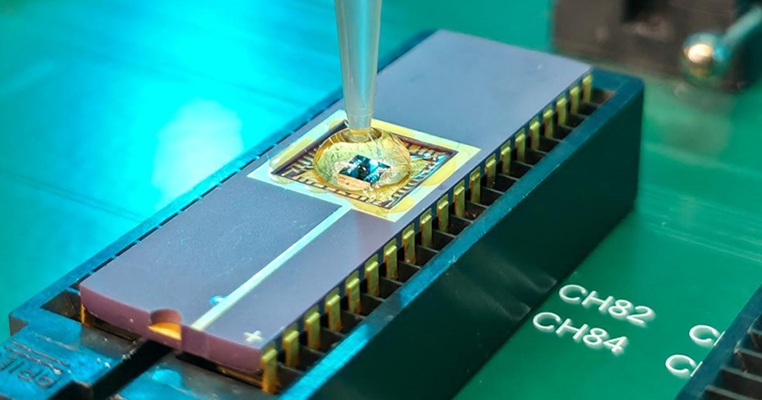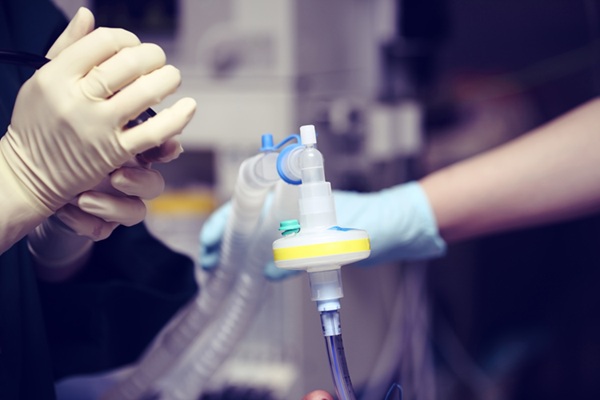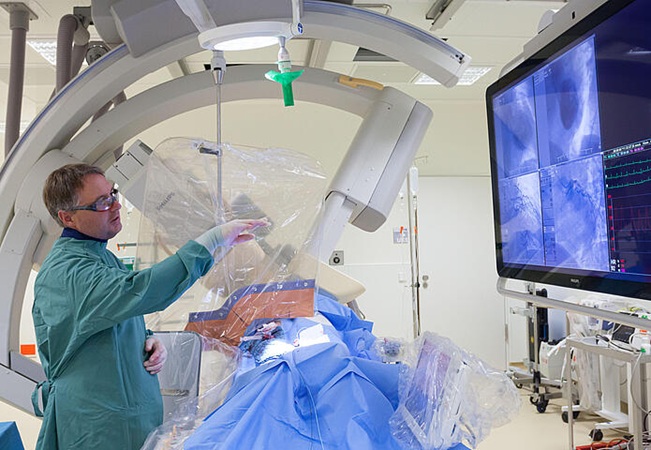Deep Learning Neural Network Quickly Detects COVID-19 Infections Using X-Ray Images
|
By HospiMedica International staff writers Posted on 24 Nov 2021 |
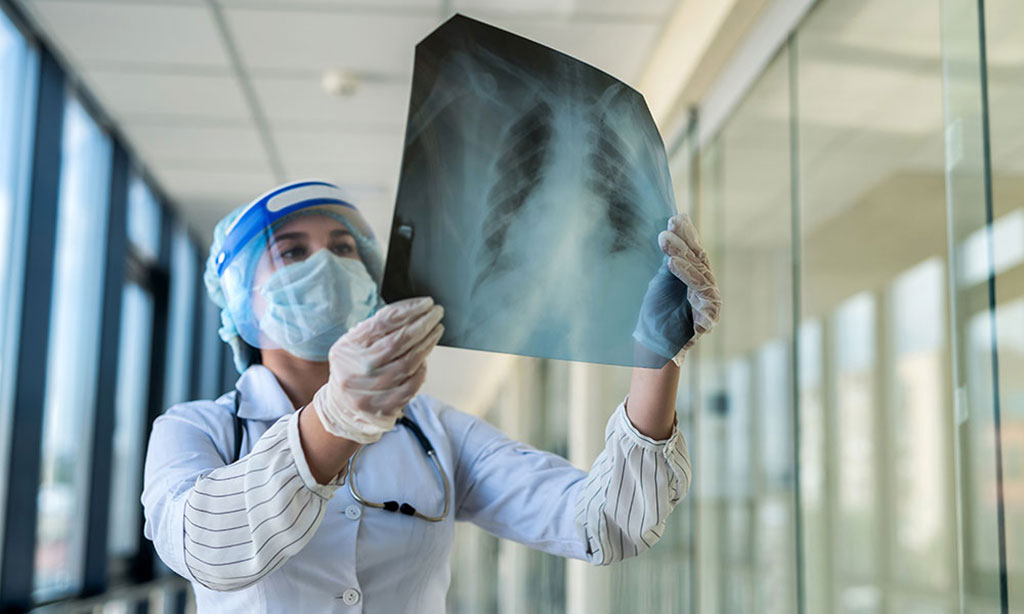
A deep learning neural network can quickly detect COVID-19 infections using X-ray images.
The deep learning neural network named CORONA-Net was developed by scientists at The University of British Columbia (Kelowna, BC Canada) to help doctors who lack access to polymerase chain reaction (PCR) tests and need a way to rapidly screen patients for COVID-19. As COVID-19 continues to make headlines across the globe, people have become used to the idea of rapid testing to determine if they have been infected. The viral test only indicates if a current infection exists, but not if there was previous infection. The alternative antibody test uses a blood sample and can detect if there was a previous infection with the SARS-CoV-2 virus, even if there are no current symptoms. However, the PCR test can be rare in many countries and usually costs several hundred dollars each time. Doctors around the world need a way to rapidly test patients for COVID-19 so that they can begin immediate treatment for patients with the virus
UBC Okanagan researchers, who say rapid tests can be limited and expensive in many countries, are testing another testing method. And they believe, thanks to artificial intelligence, they have found one. The research team has developed CORONA-Net, a deep learning neural network that can quickly detect COVID-19 infections using X-ray images. In many countries, people opt for chest X-ray because of the cost of a PCR test or its unavailability. However, sometimes it is difficult to get the X-ray looked at by a specialist, and accurately detecting the infection can take time. But by using CORONA-NET, the artificial intelligence system can flag suspicious cases to be fast-tracked and looked at quickly.
The developed CORONA-Net architecture substantially increases the sensitivity and positive predictive value (PPV) of predictions, making CORONA-Net a valuable tool when it comes to using chest X-rays to diagnose COVID-19. According to the researchers, the developed CORONA-Net was able to produce results with an accuracy of more than 95% in classifying COVID-19 cases from digital chest X-ray images. The accuracy of detecting COVID-19 by CORONA-Net will continue to increase as the dataset grows. CORONA-Net can automatically improve itself over time and self-learn to be more accurate.
“COVID-19 typically causes pneumonia in human lungs, which can be detected in X-ray images. These datasets of X-rays - of people with pneumonia inflicted by COVID-19, of people with pneumonia inflicted by other diseases, as well as X-rays of healthy people - allow the possibility to create deep learning networks that can differentiate between images of people with COVID-19 and people who do not have the disease,” said graduate student Sherif Elbishlawi, who helped develop CORONA-Net.
“The results on the testing set were obtained and can be seen in 100 per cent sensitivity to the COVID-19 class. There was a 95% sensitivity in the classification of the pneumonia class and a 95 per cent sensitivity in the classification of the normal class,” he added. “These results show that CORONA-Net gives a highly accurate prediction with the most sensitivity to the COVID-19 class.”
Related Links:
The University of British Columbia
Latest COVID-19 News
- Low-Cost System Detects SARS-CoV-2 Virus in Hospital Air Using High-Tech Bubbles
- World's First Inhalable COVID-19 Vaccine Approved in China
- COVID-19 Vaccine Patch Fights SARS-CoV-2 Variants Better than Needles
- Blood Viscosity Testing Can Predict Risk of Death in Hospitalized COVID-19 Patients
- ‘Covid Computer’ Uses AI to Detect COVID-19 from Chest CT Scans
- MRI Lung-Imaging Technique Shows Cause of Long-COVID Symptoms
- Chest CT Scans of COVID-19 Patients Could Help Distinguish Between SARS-CoV-2 Variants
- Specialized MRI Detects Lung Abnormalities in Non-Hospitalized Long COVID Patients
- AI Algorithm Identifies Hospitalized Patients at Highest Risk of Dying From COVID-19
- Sweat Sensor Detects Key Biomarkers That Provide Early Warning of COVID-19 and Flu
- Study Assesses Impact of COVID-19 on Ventilation/Perfusion Scintigraphy
- CT Imaging Study Finds Vaccination Reduces Risk of COVID-19 Associated Pulmonary Embolism
- Third Day in Hospital a ‘Tipping Point’ in Severity of COVID-19 Pneumonia
- Longer Interval Between COVID-19 Vaccines Generates Up to Nine Times as Many Antibodies
- AI Model for Monitoring COVID-19 Predicts Mortality Within First 30 Days of Admission
- AI Predicts COVID Prognosis at Near-Expert Level Based Off CT Scans
Channels
Critical Care
view channel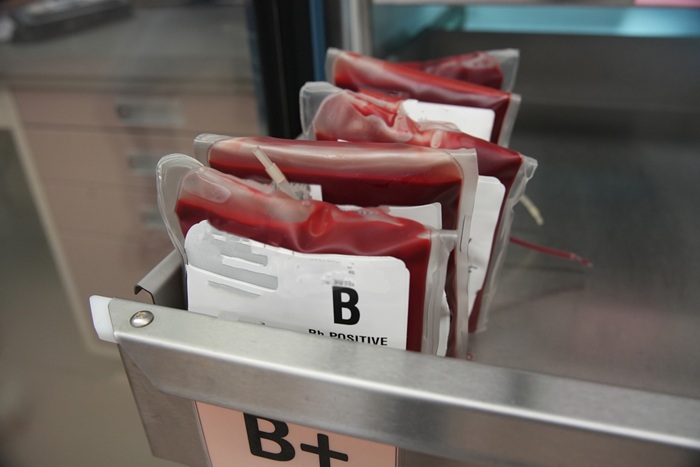
Earlier Blood Transfusion Could Reduce Heart Failure and Arrhythmia in Heart Disease Patients
Blood loss during or after surgery can place significant stress on people with heart disease, increasing the risk of dangerous complications. Transfusions are often delayed until hemoglobin levels fall... Read more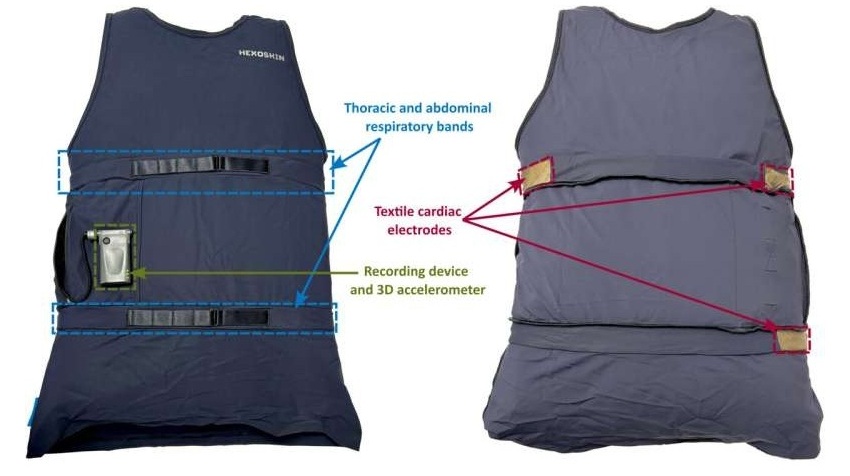
'Smart' Shirt Detects Epileptic Seizures in Real Time
Epilepsy affects roughly one in every 100 people worldwide, causing seizures that can range from subtle episodes to severe convulsions and loss of consciousness. These events arise from excessive electrical... Read moreSurgical Techniques
view channelAblation Reduces Stroke Risk Associated with Atrial Fibrillation
Atrial fibrillation (AFib) greatly increases the risk of stroke, blood clots, heart failure, and death, and millions of people in the U.S. are expected to be affected in the coming years.... Read more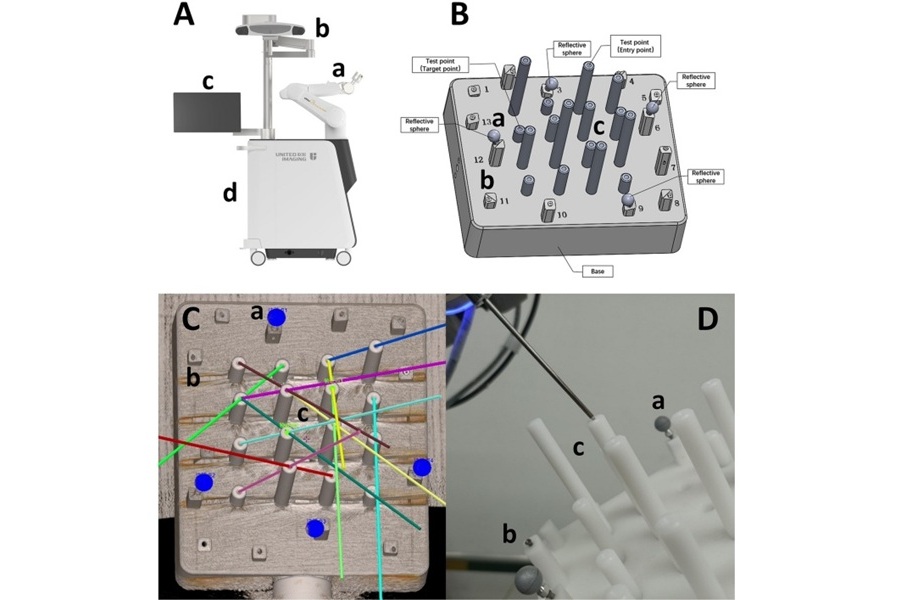
Optical Tracking Method Identifies Target Areas in Robot-Assisted Neurosurgery
Epilepsy occurs when nerve cells misfire and produce uncontrolled electrical bursts in the brain, leading to seizures. While most patients respond to medication, about 30% require more advanced intervention.... Read morePatient Care
view channel
Revolutionary Automatic IV-Line Flushing Device to Enhance Infusion Care
More than 80% of in-hospital patients receive intravenous (IV) therapy. Every dose of IV medicine delivered in a small volume (<250 mL) infusion bag should be followed by subsequent flushing to ensure... Read more
VR Training Tool Combats Contamination of Portable Medical Equipment
Healthcare-associated infections (HAIs) impact one in every 31 patients, cause nearly 100,000 deaths each year, and cost USD 28.4 billion in direct medical expenses. Notably, up to 75% of these infections... Read more
Portable Biosensor Platform to Reduce Hospital-Acquired Infections
Approximately 4 million patients in the European Union acquire healthcare-associated infections (HAIs) or nosocomial infections each year, with around 37,000 deaths directly resulting from these infections,... Read moreFirst-Of-Its-Kind Portable Germicidal Light Technology Disinfects High-Touch Clinical Surfaces in Seconds
Reducing healthcare-acquired infections (HAIs) remains a pressing issue within global healthcare systems. In the United States alone, 1.7 million patients contract HAIs annually, leading to approximately... Read moreHealth IT
view channel
Printable Molecule-Selective Nanoparticles Enable Mass Production of Wearable Biosensors
The future of medicine is likely to focus on the personalization of healthcare—understanding exactly what an individual requires and delivering the appropriate combination of nutrients, metabolites, and... Read moreBusiness
view channel
Philips and Masimo Partner to Advance Patient Monitoring Measurement Technologies
Royal Philips (Amsterdam, Netherlands) and Masimo (Irvine, California, USA) have renewed their multi-year strategic collaboration, combining Philips’ expertise in patient monitoring with Masimo’s noninvasive... Read more
B. Braun Acquires Digital Microsurgery Company True Digital Surgery
The high-end microsurgery market in neurosurgery, spine, and ENT is undergoing a significant transformation. Traditional analog microscopes are giving way to digital exoscopes, which provide improved visualization,... Read more
CMEF 2025 to Promote Holistic and High-Quality Development of Medical and Health Industry
The 92nd China International Medical Equipment Fair (CMEF 2025) Autumn Exhibition is scheduled to be held from September 26 to 29 at the China Import and Export Fair Complex (Canton Fair Complex) in Guangzhou.... Read more












